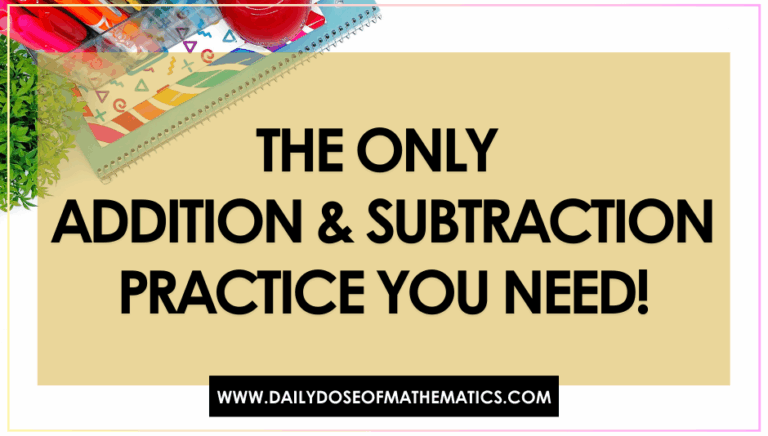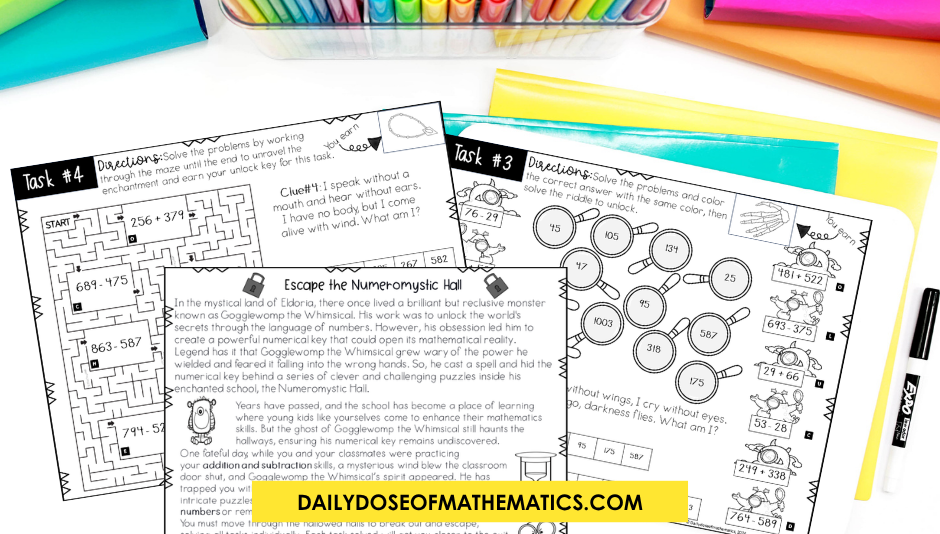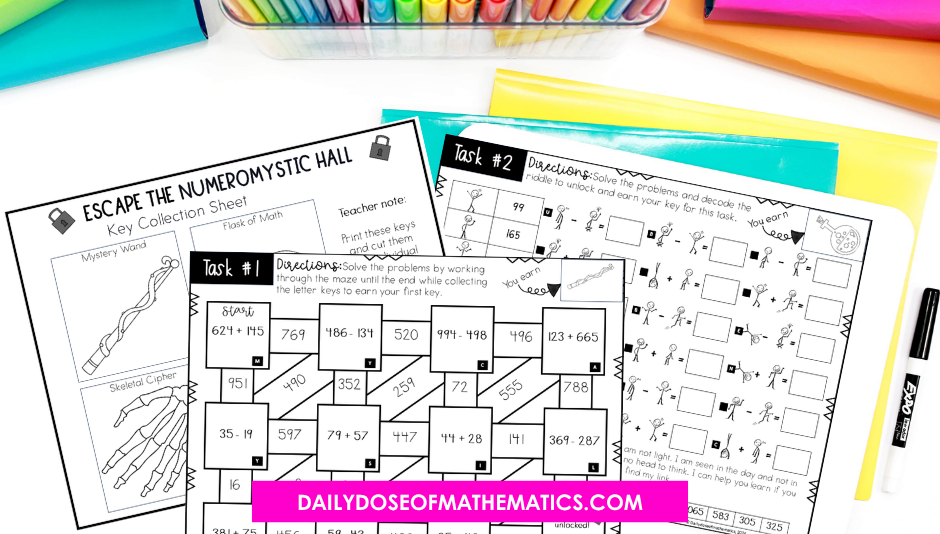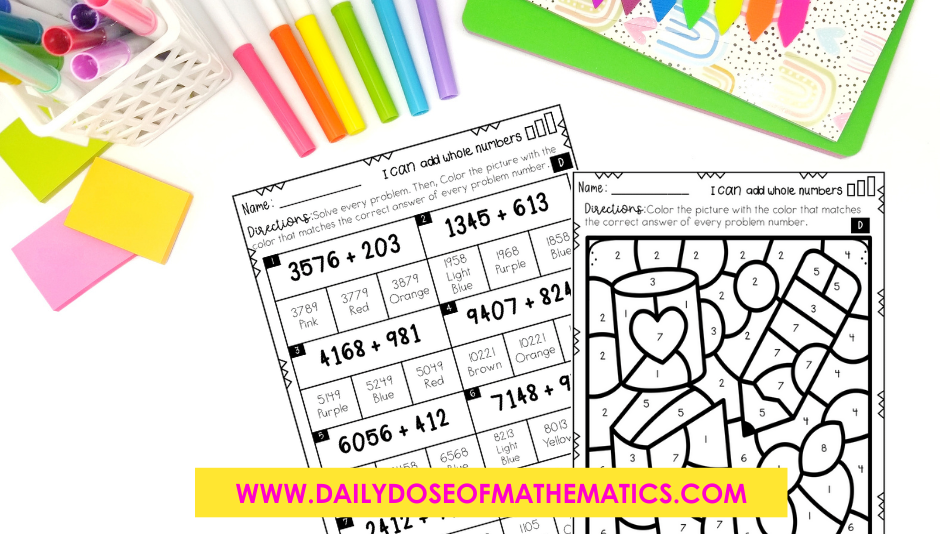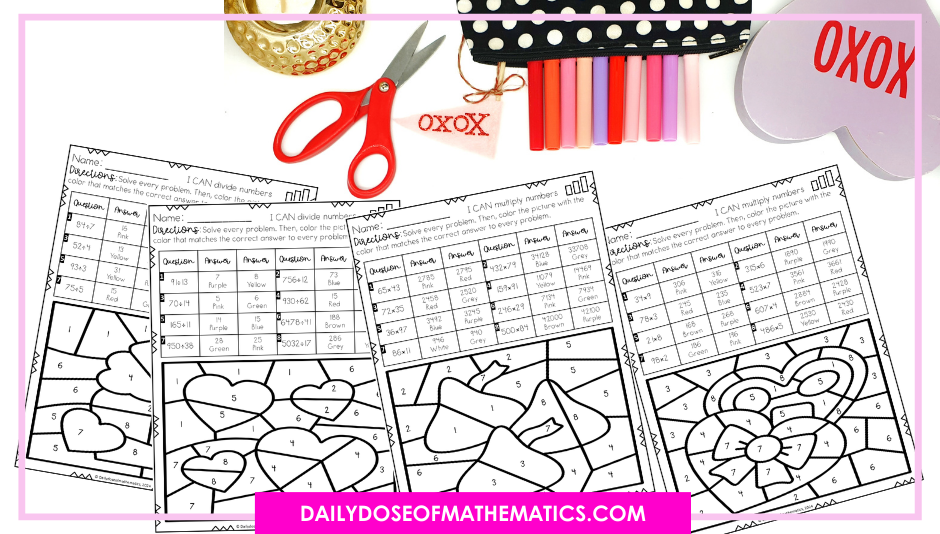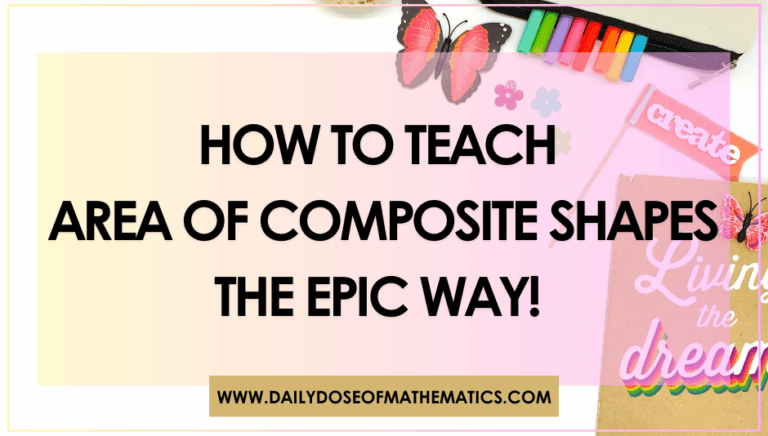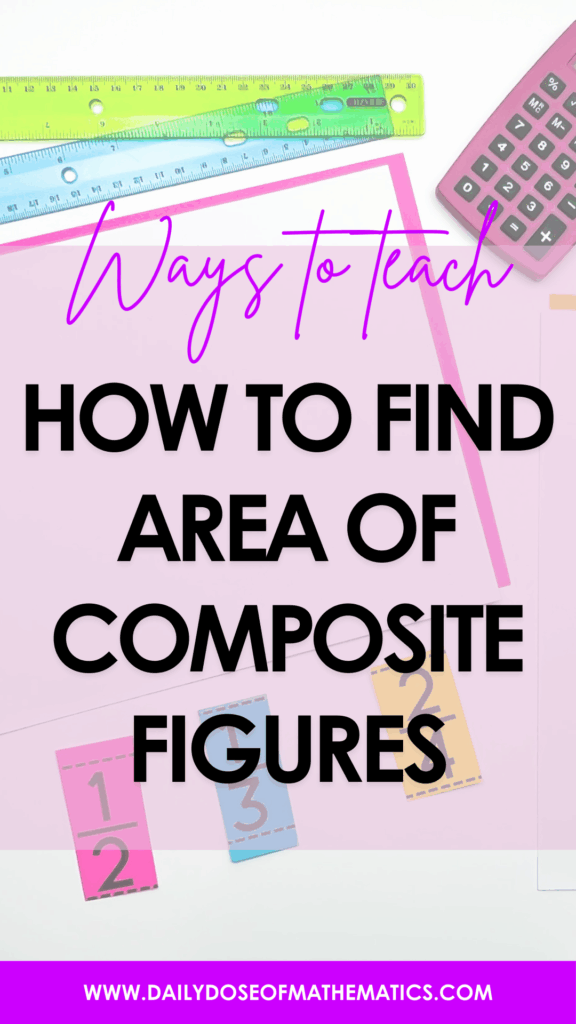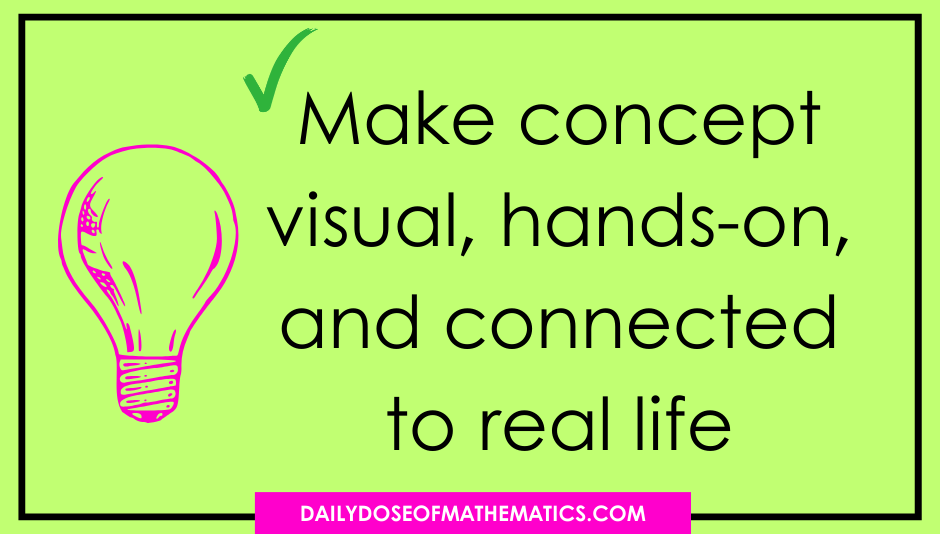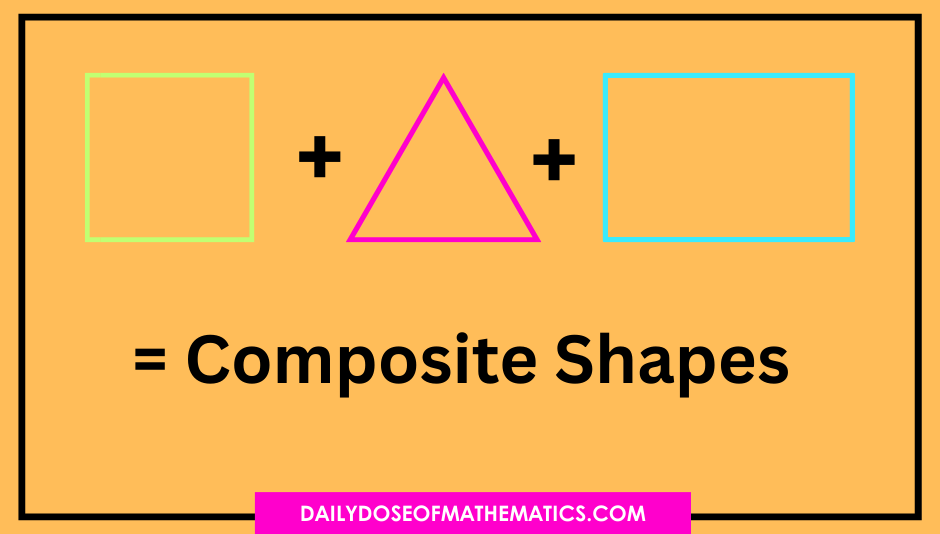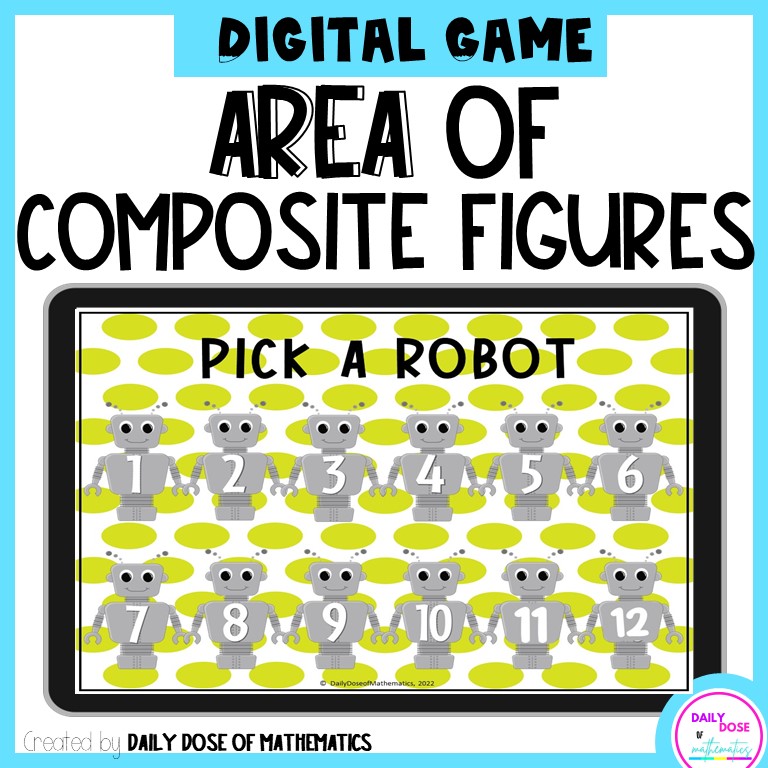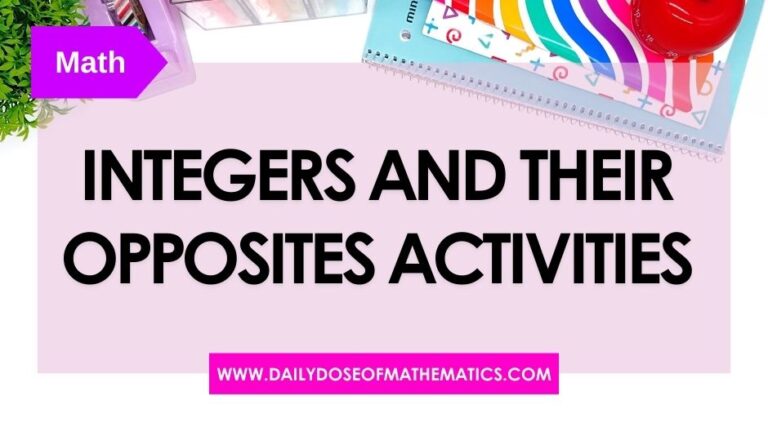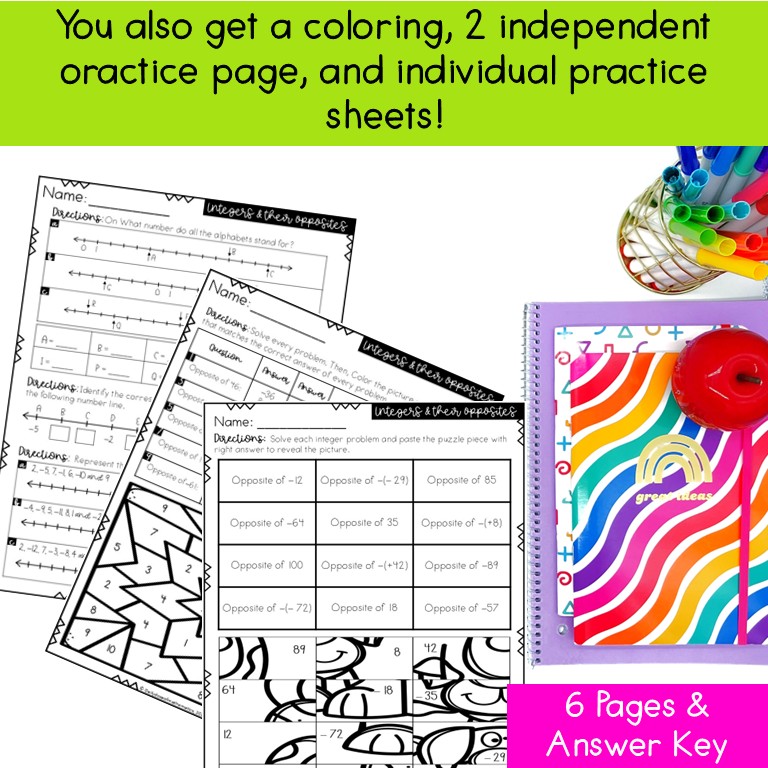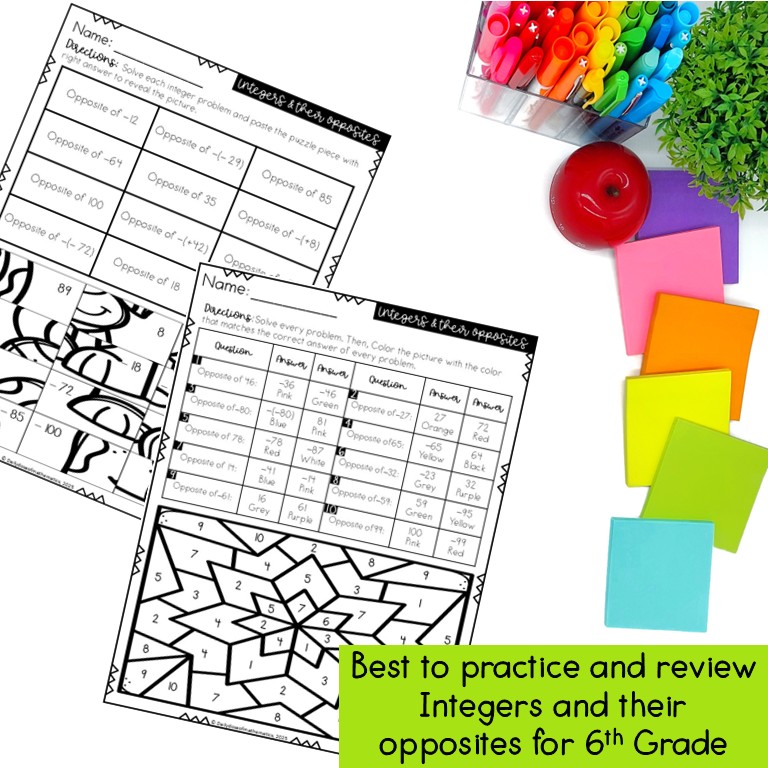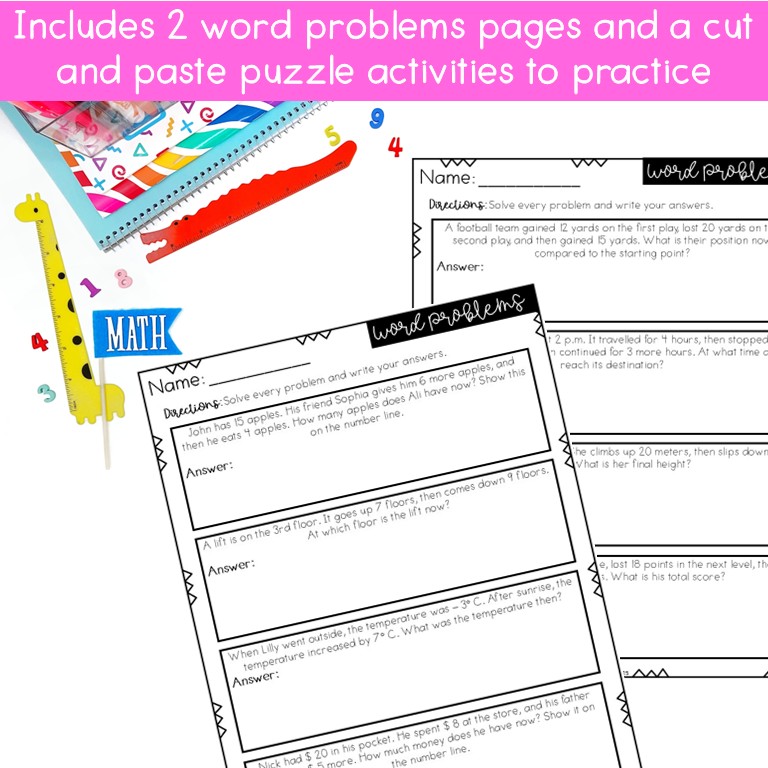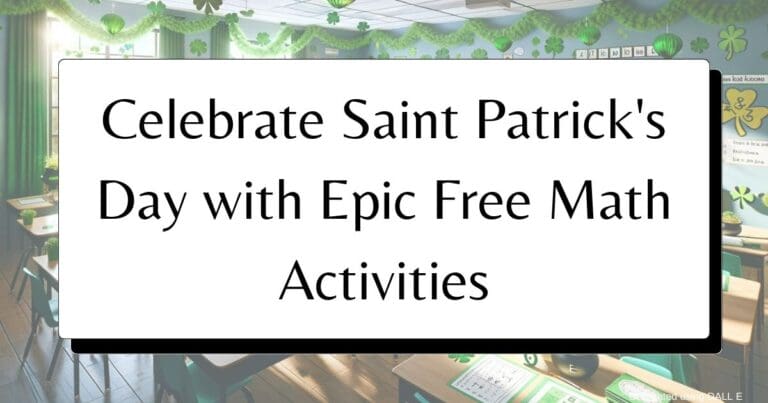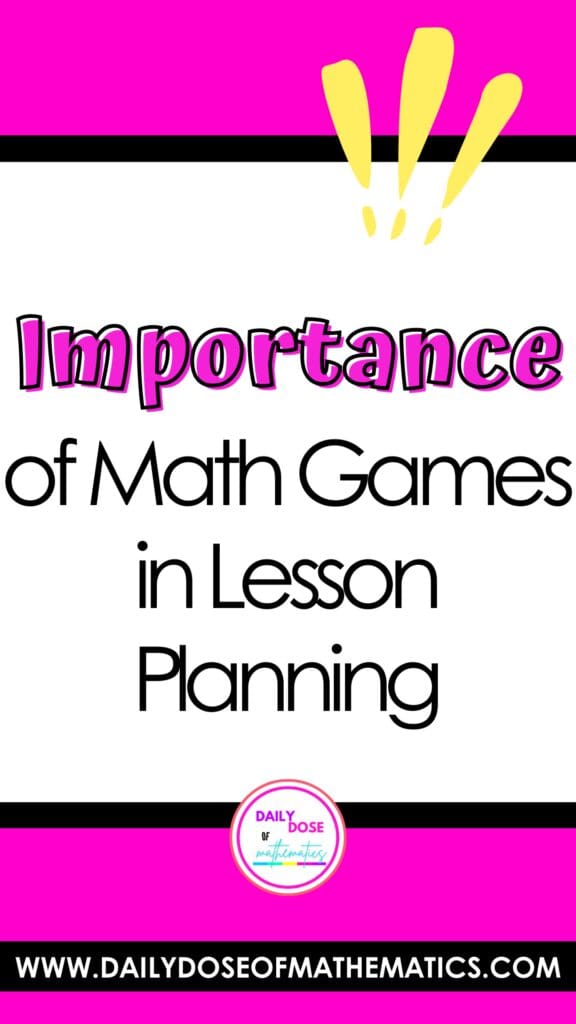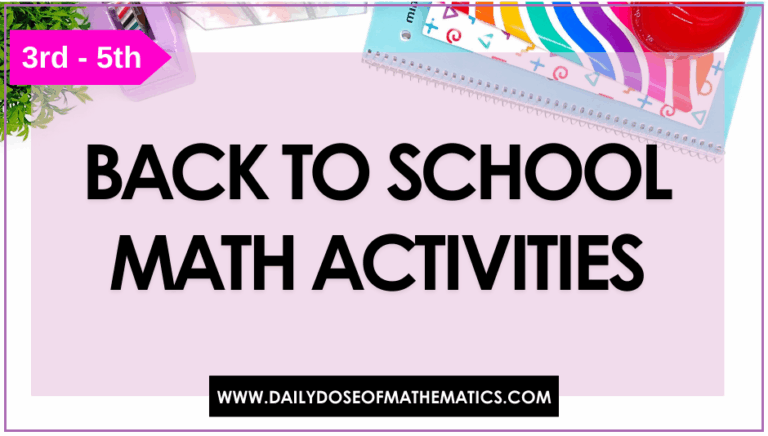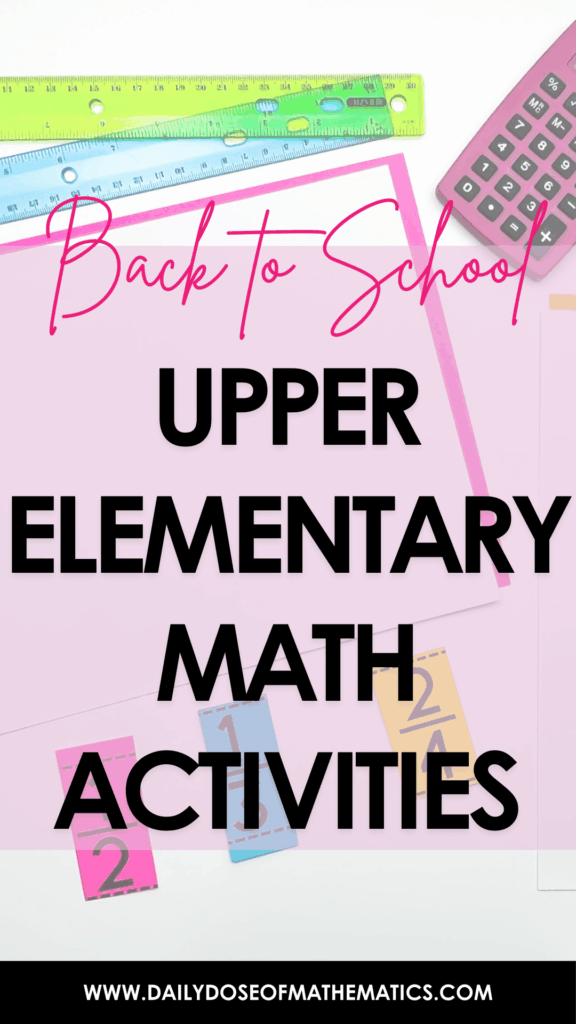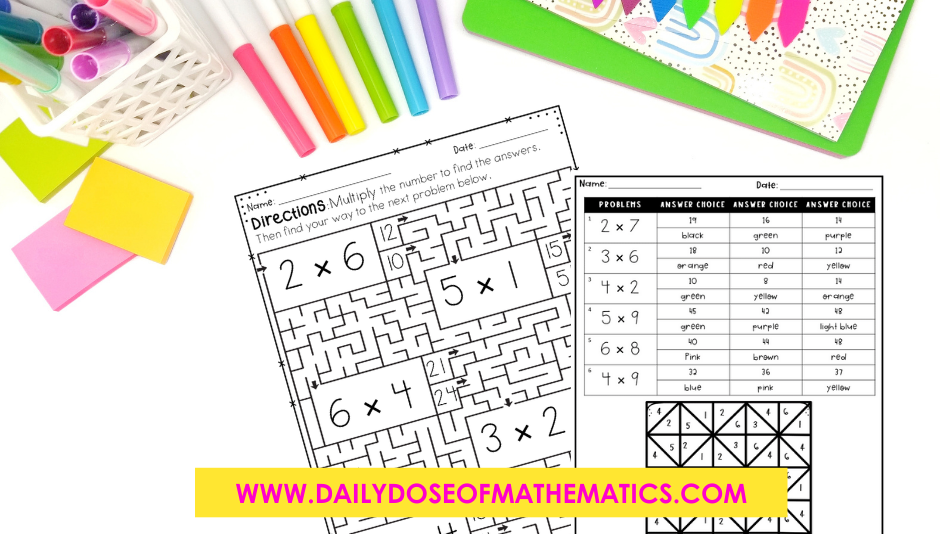Fall Math Worksheets and Activities for 3rd – 5th Grade
As the leaves change, so can your math lessons!
Fall gives us teachers the perfect opportunity to engage students with fun, fall themed math activities that build excitement for learning inside classrooms.
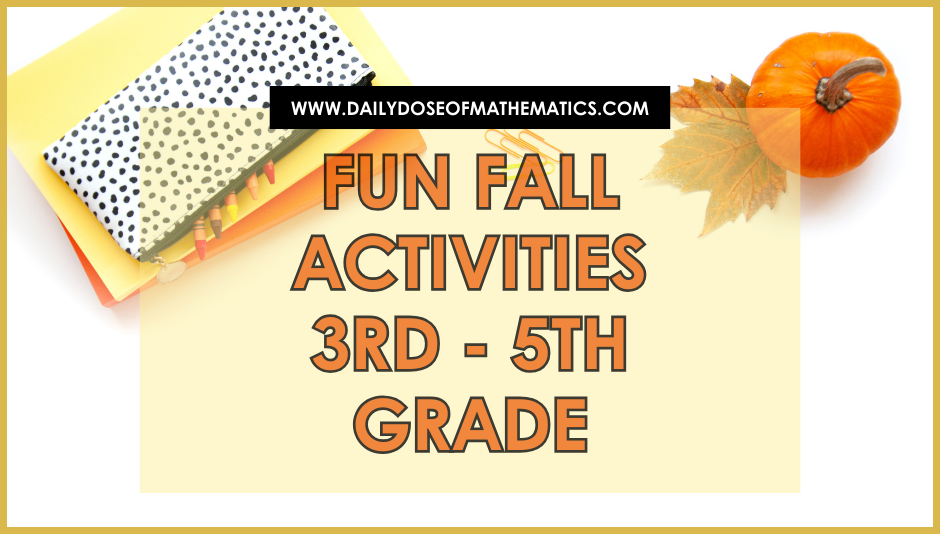
For me seasonal math not only brings a fresh twist inside classroom for kids, but it also give me some change to use fun activities to keep my upper elementary kids engaged with unique activities that are different but perfectly with the curriculum.
Here are some way I have found helpful to bring the spirit of autumn into my math lessons to keep students motivated and excited to learn.
Why Use Fall-Themed Math Activities?
Once the back-to-school buzz goes away, students may start to lose some of the enthusiasm they had in the first few weeks of school.
This can be challenging to maintain that level of energy in the classroom as the routine sets in.
And tis is where seasonal activities come in handy and exciting to keep them engaged and ansurprised to work on their task!
Fall-themed math activities can help apture student’s attention and re-energize their will to keep their math learning moving forward.
These activities not only make lessons fun but also ensure students are still practicing critical math skills in an engaging way.
Upper Elementary Fall Math Activities you Should Try this Year:
Here are some of you can use activities to help your 3rd 4th or even 5th grade students get into the Fall spirit while practicing essential math concepts:
Fall-Themed Solve-the-Room Activities
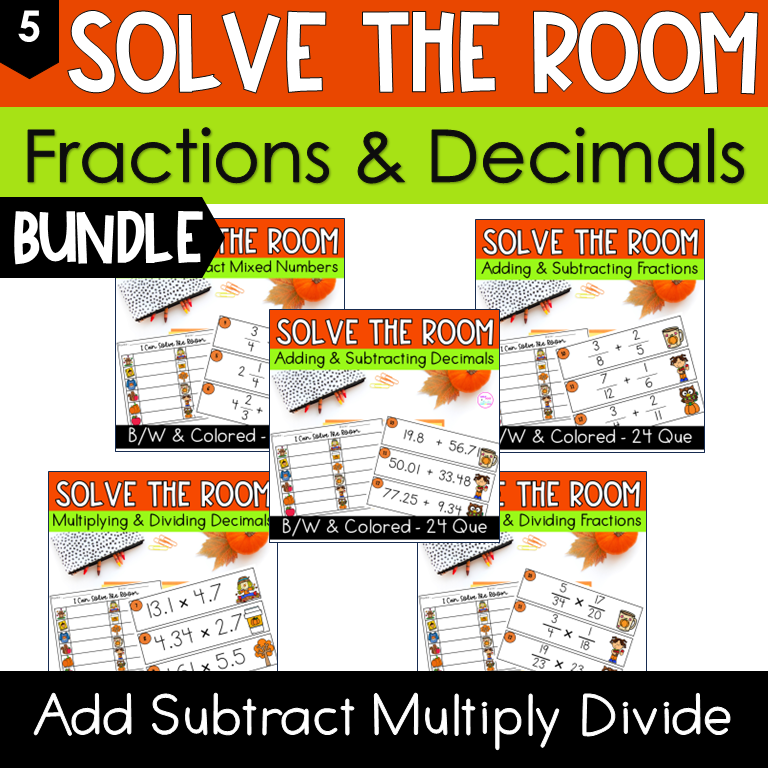
This activity can transform your classroom into a dynamic learning environment. Students will move around the room, solving math problems with a fall spirit.
Activities like these are perfect for keeping students active while making sure they’re reviewing their key math concepts, such as Decimal and fraction operations or even math facts.
Fall Color-by-Number Worksheets
Ahhh! Who does not like some coloring to go along with their math centers and daily practice?
Color by number worksheets combine creativity with math practice to keep them on their learning journey and reduce their learning fatigue at the same time.
Honestly this alone is like a win win situation for me.
Every time I take out one of these Coloring sheets kids are just excited and motivated to work on them.

What’s most important is there are jut 8 problems they need to solve instead of bajillions just to get them to the coloring part.
This is the reason why they are more motivated to work on this single page coloring math sheets.
Here is how it works: Students will solve math problems and then use their answers to complete fall-themed coloring pages.
It’s a great activity for early finishers or as a calming task during busy classroom days which is a plus.
Fall Math Scavenger Hunt
Did you just said hunt? I think math reviews do not have to be boring?
Using this fraction scavenger hunt activity this Fall and turn you class in to a Scavenger Hunt adventure that your kids would love to be in.
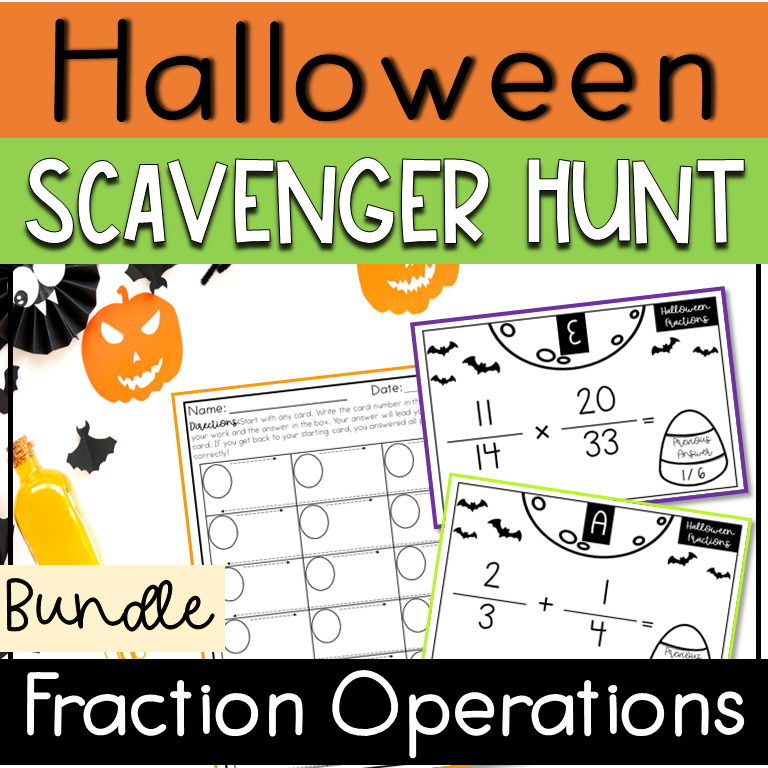
Students solve math problems while following clues around the room. It’s an engaging way to review concepts and encourage teamwork.
And the best part is, it’s self checking so less work for you but more fun for them.
Fall Fractions and Decimal Operations – Mystery Picture Puzzle!
Tired of searching for an engaging and fun way to help your 5th-grade students master fractions and decimal operations?
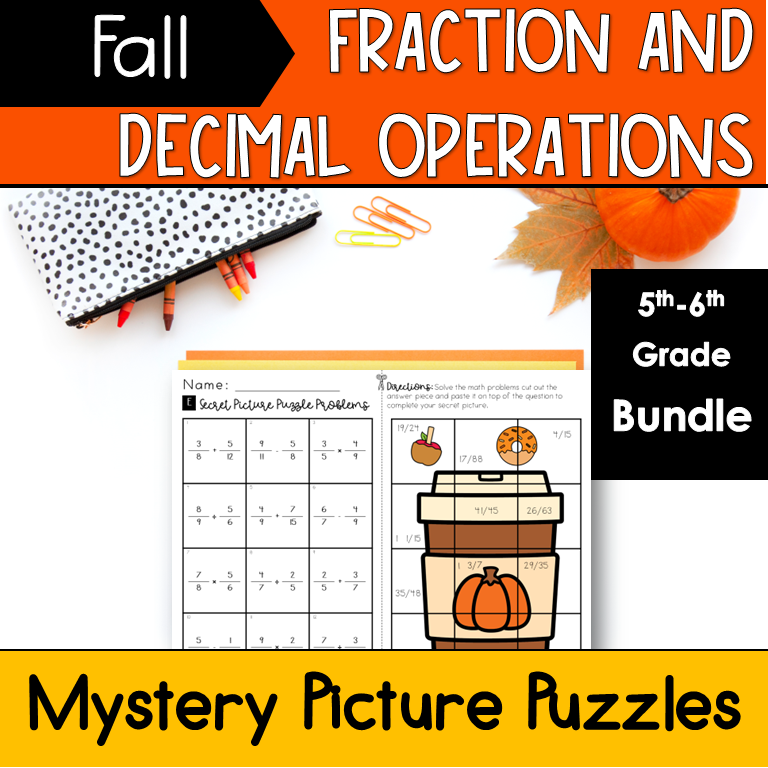
Maybe try out some mystery picture puzzle math activities.
Using the Fall Fractions and Decimal Operations Picture Puzzle is the perfect way to practice math and increase creativity to keep your students motivated and excited on learning their fractions concepts.
These puzzles gives students the opportunity to solve fractions and decimal problems while slowing revealing a fall-themed picture.
Whether you’re looking for a way to reinforce lessons on adding, subtracting, multiplying, and dividing fractions and decimals or simply want to add an interactive twist to your math centers, this activity does it all!
How to Implement It
This resource is dynamic and easy to use into your classroom. You can use it as:
- A fun, no-prep fall math center
- A homework assignment to reinforce what was taught in class.
- An engaging review activity before an upcoming test.
- A small group activity for collaborative learning.
How to have Fall-Themed Math Spirit in the Classroom
Using fall-themed classroom activities and resources into your lessons is easy, and literally there are so many creative ways to do it!
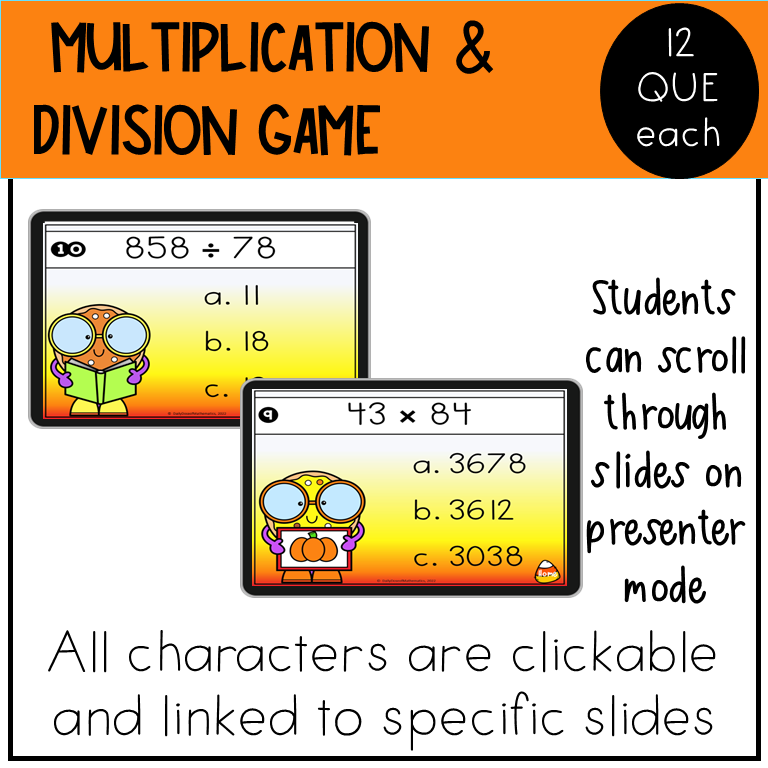
Here are a few ideas from me to get you started:
- Create Fall-Themed Math Centers: Yup that’s the first one. You need to set up multiple fall-themed stations in your classroom where students can rotate between different activities, like the Fall Solve-the-Room or Color-by-Number sheets. This gives kids diverse options and allows students to work independently or in small groups.
- Use for Early Finishers or Warm-Up Activities: These activities are perfect for students who finish their work early or for a quick and engaging warm-up to get everyone focused on math first thing in the morning.
- Fall Decor for Extra Fun: This one is a must! Decorate your classroom with fall leaves, pumpkins, and other seasonal visual elements. Then, use these resources as part of a fall-themed math review or even a class competition!
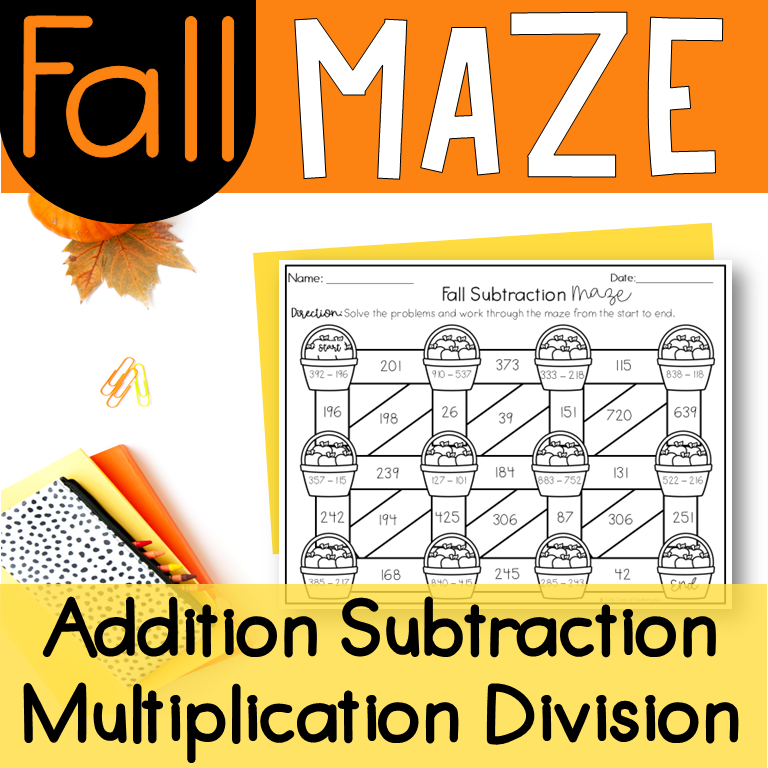
By using these fun ideas, you’re not only bringing fall into the classroom but also boosting students’ enthusiasm for math.
To bring the magic of fall into your math lessons. You will be able to watch your students’ willingness to work on their classwork soar, the big idea is to use multiple Fall themed elements in your day and your kids will thank you for all that you do for them.
Ready to add some seasonal fun to your math lessons?
Check out our Fall Math Activities on my TPT store Daily Dose of Mathematics store!

